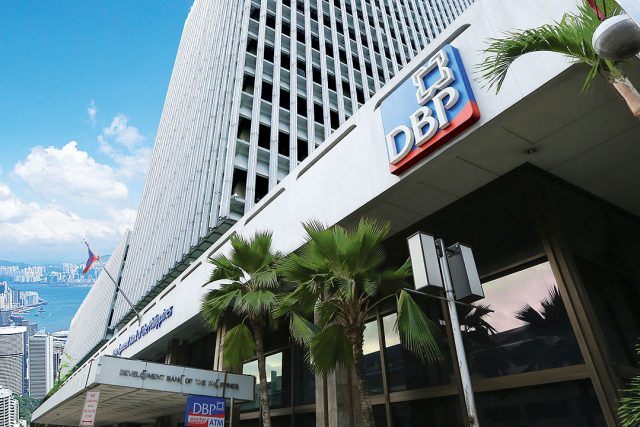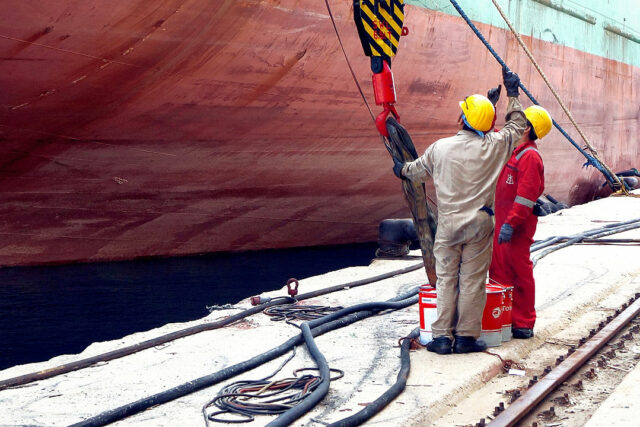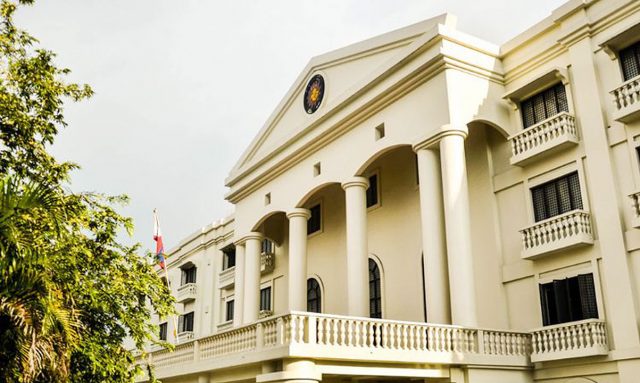Honda batting for extension of Palace order cutting EV tariffs
By Justine Irish D. Tabile, Reporter
HONDA MOTOR Co., Ltd. is seeking the extension of an executive order (EO) reducing tariffs and duties on all kinds of electric vehicles (EVs) beyond 2028, saying more time is needed to grow the market.
Toshio Kuwahara, Honda vice-president and head of Regional Operations in Asia and Oceania, did not propose a definite ending date for the EO’s effectivity.
“If the Philippine government will kindly consider extending this deadline, I think it will further be positive for the automotive industry to accelerate electrification,” Mr. Kuwahara said during the launch of the company’s EV lineup in the Philippines late Wednesday.
On June 20, President Ferdinand R. Marcos, Jr. signed EO 62, which modified the rates of import duty on various EV products.
The EO covered the expansion of the reduced Most Favored Nation tariff rates of the products covered under EO No. 12 to other battery EVs (BEVs), hybrid EVs (HEVs), plug-in HEVs (PHEVs), and certain parts and components.
Mr. Kuwahara said that the speed of the transition to EVs in the Philippines lags the progress made in other ASEAN countries like Thailand and Indonesia.
“In the Thai market, 23% of their passenger car sales are already BEVs,” he said.
He said the factors that make the Philippines a laggard include “the availability of charging stations, and the electricity cost itself.”
This year, the Chamber of Automotive Manufacturers of the Philippines, Inc. (CAMPI) is projecting the share of EVs at below 10% of the industry sales.
Honda has a global target for EVs or fuel cell EVs to constitute 40% of total sales by 2030, rising to 80% by 2035 and 100% by 2040.
Louie C. Soriano, senior vice-president at Honda Cars Philippines, Inc. (HCPI), said Honda Philippines will have to align with the company’s global targets.
“I don’t think it will be the same (progress) for the Philippines … maybe a little bit later,” Mr. Soriano said on the sidelines of the event.
“We have to understand that we’re just importing. So we have to push it in the Philippine market. Because in the future, that (may be) the only automobile we can sell … so we have to adapt,” he added.
He said Honda is also planning a partnership that will lead to the installation of more charging stations in the Philippines, which aims to address the reluctance of consumers to switch to EVs.
“Of course, we’re also going to support the government’s direction towards electrification. That’s why we’re starting with hybrids, and in the future, we’re going to have the BEV,” he said.
“On charging stations, we are still in the process of discussing it … because how could we introduce BEV fully to the market if we don’t address these issues? So we are also going to do our part,” he added.
Regarding the duration of the proposed extension, Mr. Soriano gave no timeline but said: “The objective of this EO is to lower the cost in order for the cars to be accessible to the market.”
Meanwhile, Mr. Soriano said that Honda is still confident that sales this year will surpass last year’s result after the industry target was upwardly adjusted last month.
“If the industry increases its target, of course you have to also aim to have the same growth as the industry,” he said.
“We are going to surpass (our sales last year). We still have the “ber” months, the introduction of the new model, and of course the promotions, which are all going to help,” he added.
Last month, CAMPI raised its sales target to 500,000, from 468,300 initially. If realized, this will be the industry’s highest level of annual sales to date and will represent a 16.3% increase from 2023.
In the first eight months, Honda Philippines was 7th in market share at 3.37%. Its sales declined 9.7% to 10,281 units in the eight months to August.
Last year, the company sold 16,645 units, accounting for 3.87% of industry sales.
On Wednesday, Honda introduced its new Honda Civic RS e:HEV which expands the company’s HEV lineup along with its first two-wheeler BEV EM1 e: and new battery-powered handled products.
Honda is targeting to add one dealership in Bacoor and end the year with a store network of 38.
It is targeting to start construction of three more dealerships in Paranaque, Talisay, Cebu, and Tacloban.












